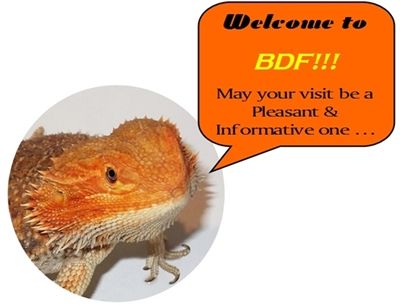James34780
Bearded Dragon Egg
- Messages
- 9
I can't seem to find much information about using silkworms as a staple diet. So pretty much, i'm looking for as much information as anyone can give me. Pros and cons. Where to get them. How to raise/culture them. Silkworms vs crickets. All that kinda stuff. Thank you for any information you provide!
P.S. New member
P.S. New member


